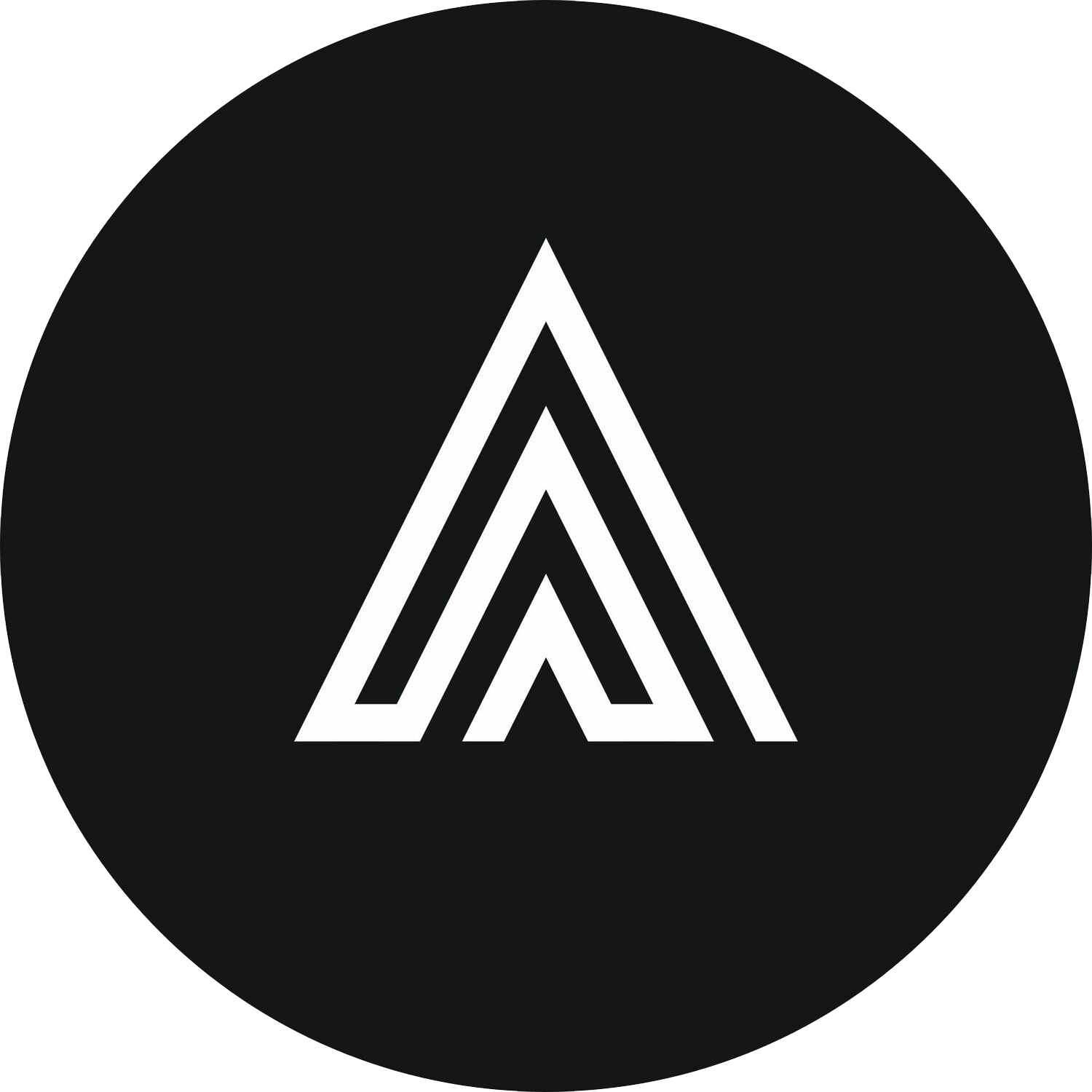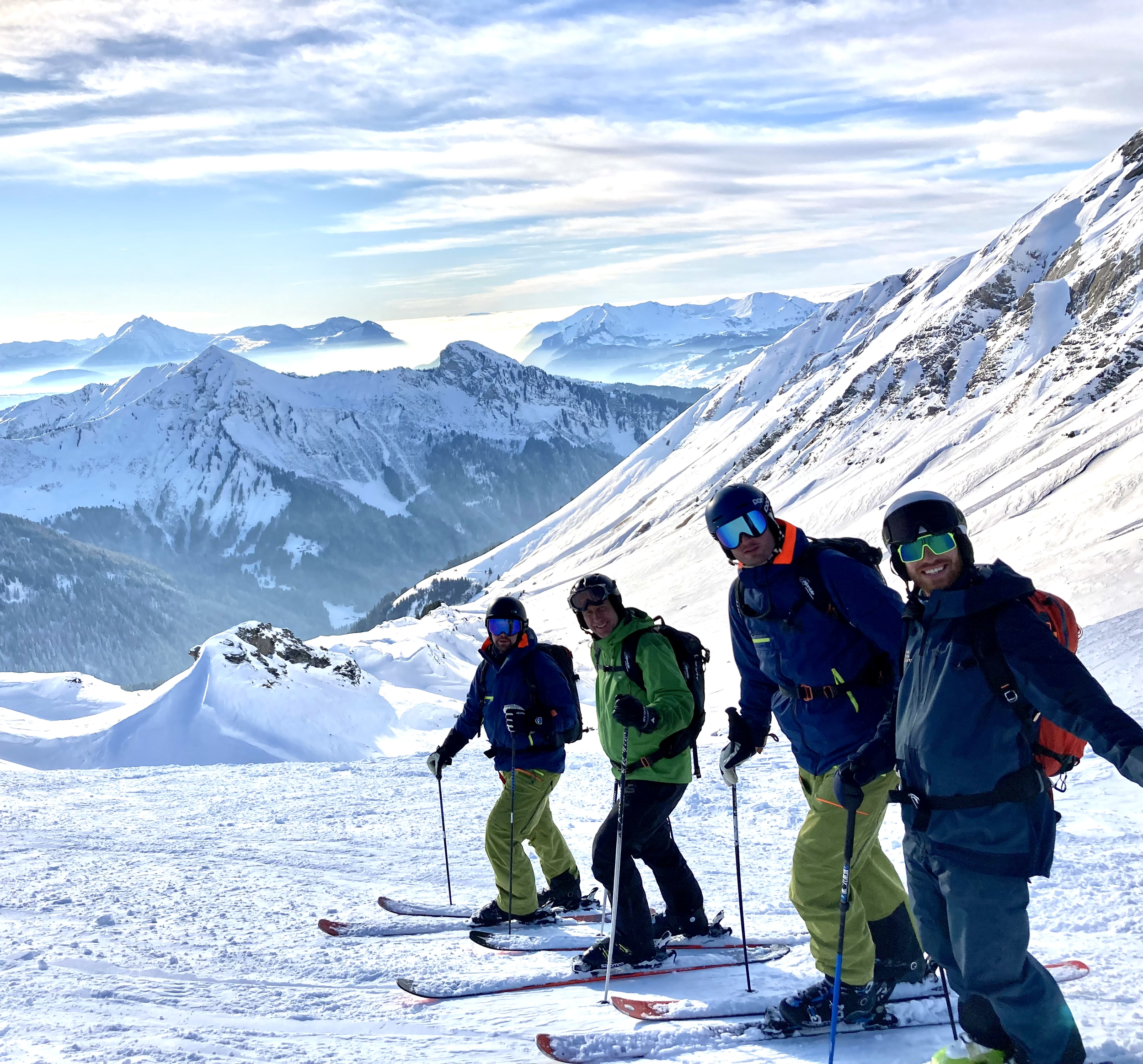How to Become a Ski Instructor:
Dreaming of spending your winters on the slopes, sharing your passion for skiing with others, and working in some of the most beautiful mountain locations in Europe?
Becoming a ski instructor is not only a fantastic career choice but also an incredible lifestyle opportunity. With the right training, like the GAP Instructor Course offered by our team in Avoriaz, you can turn this dream into reality. Here’s how to get started.
1. Assess Your Current Skiing Ability
Before selecting a course, honestly evaluate your skiing skills. Some courses are designed for those with advanced abilities, while others cater to intermediates looking to improve. If you’re a strong skier with a solid understanding of technique, you might be ready for an intensive course that fast-tracks you to certification. Beginners or intermediates might consider a course that offers a more gradual progression.
2. Choose the Right Country
Europe is home to numerous ski destinations, each with its own unique charm and requirements for ski instructors. Popular countries for ski instructors include Austria, France, Switzerland, and Italy. Research the different countries to understand their specific qualifications, language requirements, and the types of clientele they attract. Where you train does not have to be the same place you wish to take up employment, your personal working rights will be a big decider, so reach out to us for some support in this area.
3. Understand the certification levels
To become a ski instructor in Europe, you’ll need a recognised qualification. The most widely accepted certifications are:
- BASI (British Association of Snowsport Instructors): Widely accepted across Europe, including France, these levels are ideal for those looking to work in international or English-speaking environments. We deliver the training and assessments for BASI Level 1 and Level 2.
- Anwärter (Austrian Ski Instructor): The entry-level qualification in Austria.
- Diplôme National de Moniteur de Ski (France): A highly respected certification in France.
- Swiss Snowsports Instructor: Valid in Switzerland.
Choose a course that aligns with the certification you want to achieve and the region you plan to work in. These programs require a mix of practical ski training, teaching theory, and exams. Courses can range from a few weeks to several months, depending on the level of certification you’re aiming for.
4. Gain Experience
While training, it’s beneficial to start gaining practical experience. Many ski resorts offer internships or shadowing opportunities where you can learn from experienced instructors. This hands-on experience is invaluable and can often lead to job opportunities. On our 6-week GAP course, we include shadowing days where you get to observe from Level 4 certified instructors and examiners delivering lessons.
5. Learn the Language
Being able to communicate effectively with your clients is crucial. If you plan to work in a non-English-speaking country, it’s essential to learn the local language. Basic conversational skills can make a huge difference, and in some cases, language proficiency is a prerequisite for employment. In most major European resorts English speaking clientele will be a large portion of your work.
6. Research course instructors and reputation
The quality of instruction is paramount. Look for courses taught by highly experienced and qualified instructors who have a proven track record of success. Reviews and testimonials from past students can give you insight into the course’s reputation. Established programs like those offered by our team in Avoriaz are well-regarded for their excellent instruction and support. Training is delivered exclusively by BASI examiners.
7. Evaluate the Course Structure and Duration
Different courses vary in length and intensity. Some might be immersive, full-season programs, while others could be shorter, intensive courses. Consider how much time you can commit:
Full-Season Courses: Provide extensive training, often including practical teaching experience.
Shorter Courses: Might suit those with time constraints but can be more demanding.
Make sure the course structure aligns with your schedule and learning style. We offer a 6-week course to fit in between seasonal peak times, making the course affordable and allowing time to work and travel after the course. Always check the day-to-day training hours delivered on courses.
8. Check for Added Value and Support
Look for courses that offer more than just training. Programs that provide additional support, such as job placement assistance, theory workshops, language training, and mentorship, can be invaluable as you transition from training to employment. Our GAP Course, for example, offers job placement assistance, which can make a significant difference when starting your career.
Choosing the right ski instructor course requires careful consideration of your current skills, career goals, preferred location, budget, and the course’s reputation. By taking the time to research and reflect on these factors, you can find a program that not only helps you achieve your certification but also sets you up for a successful and rewarding career on the slopes.



